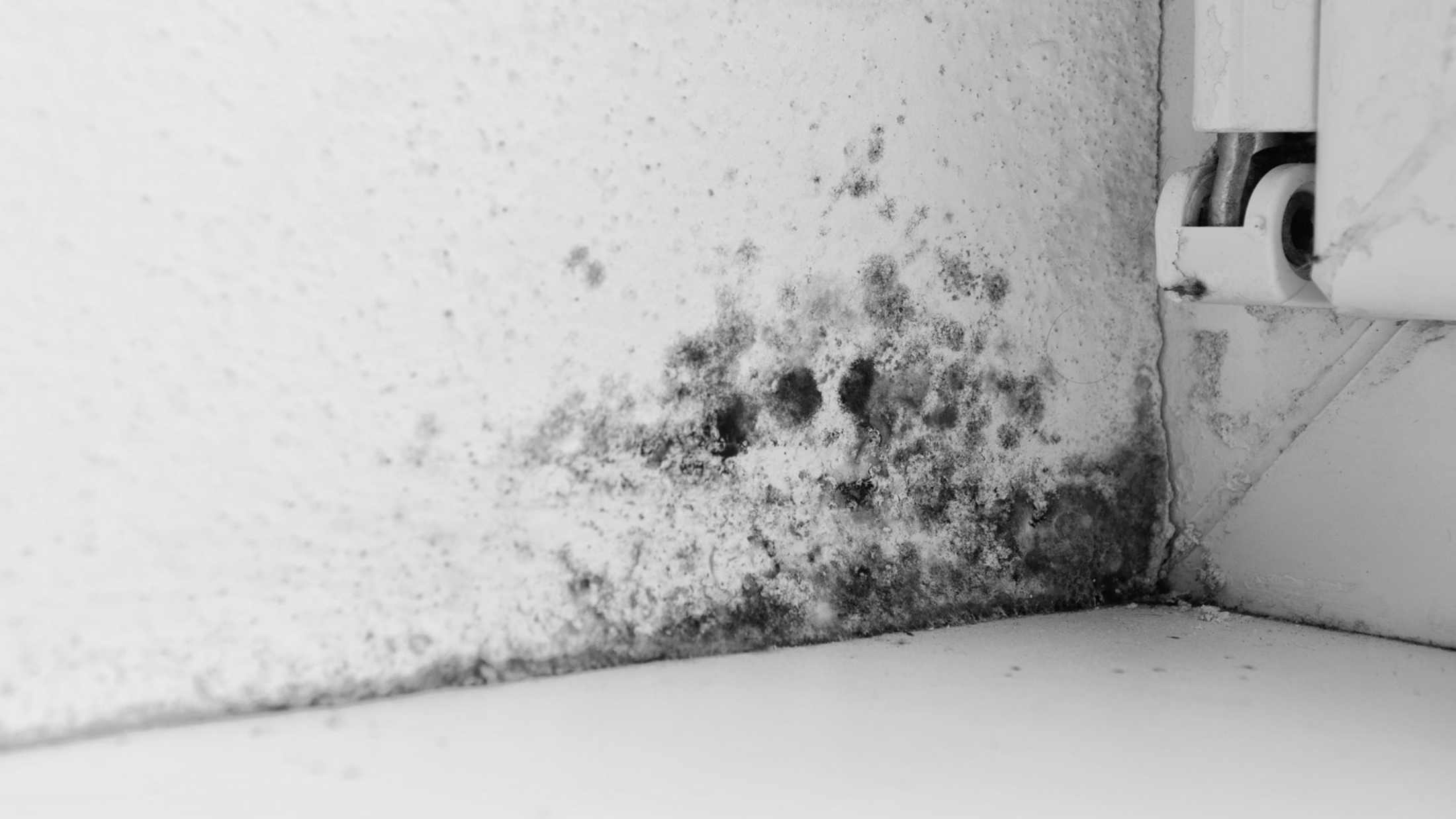As winter draws in we’re not the only ones to spend more time indoors. Rats, mice and all manner of creepy crawlies also make a beeline for your nice warm, dry home.
So, how do you make your home pest-proof?
Firstly, it’s important to understand that besides seeking warmth and shelter, pests are always on the hunt for food.
Some wildlife can break open even tightly packed rubbish bags, creating an all-you-can-eat buffet for vermin, so make sure that any food waste sits in the bin, rather than the pavement.
And if you have a garden, rodents love to chow down on rotten fruit. So do pick up those rotten apples or mouldy pears - they may not look good to you, but to pests they’re a tasty treat.
In this article:
- What are the most common pests in homes?
- Can pests cause damage to my home?
- How can I pest-proof my home?
- What if pests still get in?
- What if pests control isn't enough?
- Anything else I need to know about pests?
What are the most common pests in homes?
At this time of year the list of prime suspects is rather long and includes (in no particular order): rats, mice, squirrels, moths, rats, bed bugs, wasps, flies, ants, spiders, and last but not least, woodworm.
But don’t worry, unless you’re particularly unlucky, they’re unlikely to turn up at your doorstep all at the same time.
Can pests cause damage to my home?
Sadly yes! According to research, you’re never more than 9 metres away from the nearest rat. Rats carry nasty diseases and if that isn’t enough they will also gnaw through electrical wiring and pipes; in fact, they need to gnaw to keep their teeth in shape.
And although squirrels look cute, they’re also likely to nibble though electric cables and have even been known to weaken roof joists.
By contrast, insects are relatively harmless. Spiders, for instance, trap and kill smaller insects, so can be handy to have around. Although having a live-and-let-live attitude to arachnids isn’t an easy ask for everyone.
How can I pest-proof my home?
Thankfully, there are some simple strategies you can adopt to keep unwelcome houseguests at bay.
- Non-perishables – make sure foodstuffs in your cupboards are well sealed
- Vacuum – give rugs, carpets and soft furnishings a good vacuum – and don’t forget to look up at the ceiling for spiders webs and behind/underneath furniture
- Air vents – cover air vents with mesh to prevent mice getting in and make sure any crawl spaces are kept well ventilated
- Doors – fit bristle strips on to the bottom of doors
- Drains and sewers – rodents are accomplished climbers and will crawl up broken sewer pipes, so if you live in an area that’s susceptible, it’s a good idea to keep toilet seats closed and keep plugs in sinks and drains (though do make sure your overflow works first)
- Roofs and gutters – fix any holes and gutters
- Rubbish – try to keep waste food stored above ground level so that wildlife can’t get to it and create a food buffet for other creatures
- Remove sheltering sites – like weeds, fruit, firewood, garden bags, compost piles and general clutter from near your home. Rats are quite shy creatures so if you do have a compost heap the trick is to use it regularly or keep it in the centre of the garden, as they prefer to stay at the edge to avoid predators
- Indoor bins – take your rubbish out regularly. It’s also a good idea to wash out containers so they can be put into the recycling bins
- Accidental food spillages – clean up any spills, especially crumbs which will attract tiny bugs
- Windows – if you have windows or doors open, invest in a fly screen to prevent flies, bees and wasps from entering your home
- Clear branches and think about chimney caps – if squirrels are a problem, clear branches to stop them jumping onto your roof and also think about chimney caps
- Mind the gap – Eliminate any gaps or crevices around pipes and under sheds. Rats only need a 15mm gap to gain entry. The same applies to leaks - if water can get in or out creepy crawlies can too.
- Think drains – make sure that drain inspection covers are in good condition and disused pipes are sealed off
- Try eco-friendly insecticides – use these to try to limit further damage. Look for colourless, biodegradable chemicals that are harmless to pets and people
- Look out for shrubs and plants near windows – as adult beetles that eat plant material will come indoors to lay their eggs on your wool & silk
- Clothing storage – air your wardrobes from time to allow the air to circulate and let in sunlight. Pack away any clothes that you don’t wear often, so that moths don’t feast on them
- Investigate sleeves – finally, if you are likely to have a problem with rats or mice you may want to consider a professionally installed rodent-proof cable sleeve

What if pests still get in?
Of course keeping pests at bay isn’t always easy, although there are a couple of options you can consider.
Firstly, contact your local council to see if they can help – if you live in a communal building, you can speak with your management company too.
Alternatively, you can hire your own pest controller. They’ll:
- Give you advice on prevention and control
- Use targeted treatments to control and hopefully eliminate pests
- Report on their progress to avoid similar incidents nearby
Pest controllers only use chemicals if necessary, aim to leave little to no odour and use eco-friendly solutions that are less toxic to humans and pets.
What if pests control isn’t enough?
If pests control isn’t enough you’ll need an exterminator. Take bed bugs for instance.
Throwing out your mattress and moving to another room won’t solve the problem. Not only will they’ll hitch a ride on you but they’ll also take up residence on your carpet and soft furnishings.
Please don’t be overly upset if you get them; it’s no reflection on you or the cleanliness of your home. Recent studies have shown that they’ve been around for over 115 million years, no doubt managing to annoy somewhat larger predators like the Tyrannosaurus Rex. They certainly have a knack for travel!
But do seek professional help immediately.
For detailed advice on how to spot bed bugs, please check out the British Pest Control Association (BPCA).
Anything else I need to know about pests?
If you’re unsure of anything, please check the UK government site, as some animals that you may think are pests are protected, like badgers.
For instance, it’s an offense to:
- Interfere with badgers and their setts (the tunnels and chambers where they live). Even if they’re digging up your nice new lawn
- Disturb or destroy bats, or any place they’re living, even if it’s inside your home
- Keep or release some wild animals, like grey squirrels!
Hopefully the only creatures who do visit you this winter will be a photogenic redbreast, although it’s always better to be safe rather than sorry.
By the way, if you or the kids do find a bug and don’t know what it is, why not contact the Natural History Museum? They have a free identification service available to everyone.
If it doesn’t creep you out, you or the kids might just learn something!












